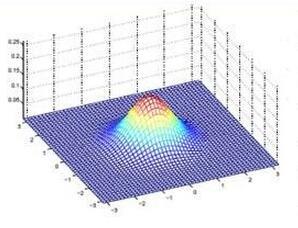Reliable analysis of comprehensive two-dimensional gas chromatography - time-of-flight mass spectrometry (GC$\times$GC-TOFMS) data is considered to be a major bottleneck for its widespread application. For multiple samples, GC$\times$GC-TOFMS data for specific chromatographic regions manifests as a 4th order tensor of I mass spectral acquisitions, J mass channels, K modulations, and L samples. Chromatographic drift is common along both the first-dimension (modulations), and along the second-dimension (mass spectral acquisitions), while drift along the mass channel and sample dimensions is for all practical purposes nonexistent. A number of solutions to handling GC$\times$GC-TOFMS data have been proposed: these involve reshaping the data to make it amenable to either 2nd order decomposition techniques based on Multivariate Curve Resolution (MCR), or 3rd order decomposition techniques such as Parallel Factor Analysis 2 (PARAFAC2). PARAFAC2 has been utilised to model chromatographic drift along one mode, which has enabled its use for robust decomposition of multiple GC-MS experiments. Although extensible, it is not straightforward to implement a PARAFAC2 model that accounts for drift along multiple modes. In this submission, we demonstrate a new approach and a general theory for modelling data with drift along multiple modes, for applications in multidimensional chromatography with multivariate detection.
翻译:综合二维气体色谱分析的可靠分析 -- -- 飞行时的多维质谱测量数据(GC$美元美元-GC-TOFMS)被认为是广泛应用的主要瓶颈。对于多个样本,GC$美元-GC-TOFMS数据作为特定色谱区域的数据显示为四等四等的I质量光谱采集、J质量信道、K调制和L样本。 色谱漂移在第一次分解(调控)和第二次分解(质谱采集)期间都是常见的,而沿质量信道和样本层面漂移则不存在所有实际用途。提出了处理GC$美元-GC-TOFMS数据的若干解决办法:这些办法涉及重新整理数据,使之适应基于多变曲线解析(MCR)的第二级分解技术,或平行系数分析(PARAFAC.2)等第3级分解技术共同常见。 NAFAC2已经将该模型用于模拟色谱光谱光谱采集的多式应用模式,在一种模式下,采用一种不易变式的流学模型,在一种模式下进行。





